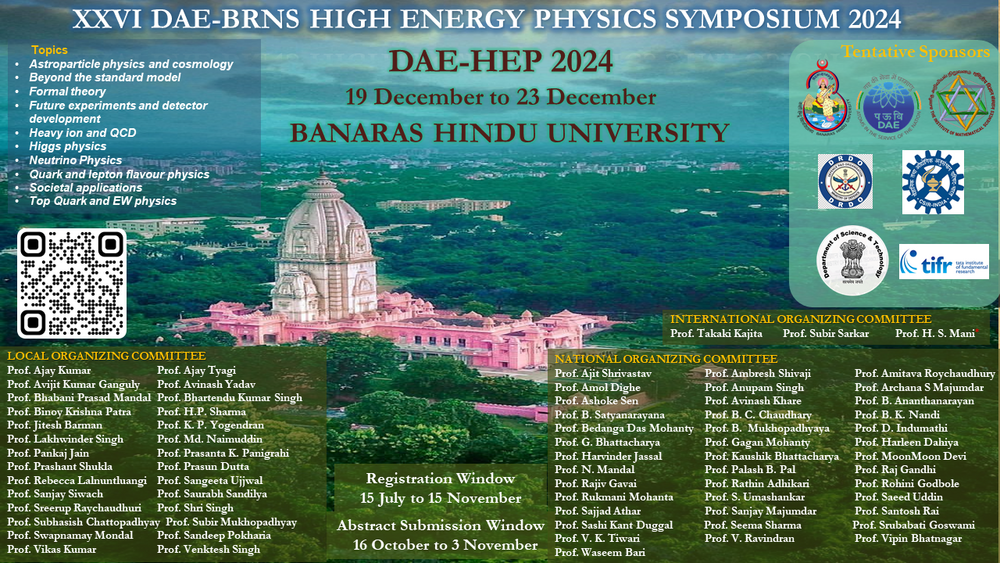Speaker
Description
Jets traverse a longitudinally boosted, flowing quark-gluon plasma (QGP), causing their internal structure to undergo anisotropic modifications due to the superposition of vacuum-like showers and medium-induced gluon emissions. These interactions lead to softer particles drifting with the QGP flow away from the jet core, where high-$p_\mathrm{T}$ particles remain concentrated, resulting in an intra-jet asymmetry that encodes essential information about the properties of the QGP. Investigating this asymmetry, particularly at higher rapidities, offers a novel avenue to probe jet-medium dynamics. This study examines the near-side peak to explore jet modifications and to search for novel boost invariance phenomena in forward rapidity for the first time at the LHC in PbPb and pp collisions at $\sqrt{s_{{\mathrm{NN}}}} = 5.02$ TeV, utilizing data collected by the CMS detector with a pseudorapidity coverage of $|\eta| < 2.4$. The peak exhibits substantial broadening along the longitudinal ($\Delta\eta$) axis from peripheral to central PbPb collisions, particularly for low-$p\mathrm{T}$ particles, indicating energy loss by the progenitor parton. Comparisons with different theoretical models enhance our understanding of the observed medium effects. The first-time investigation of rapidity-dependent boost invariance reveals a significant asymmetry in associated particle yields, with a marked difference between $\Delta\eta > 0$ and $\Delta\eta < 0$. This asymmetry becomes increasingly pronounced at forward rapidity and intensifies from peripheral to central PbPb collisions, notably for high-$p_\mathrm{T}$ particles, suggesting that the jet structure is influenced by the QGP’s longitudinal flow dynamics.
| Field of contribution | Experiment |
|---|

